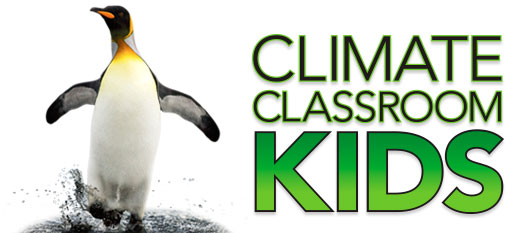Lesson Summary
Lorem ipsum dolor sit amet, consectetur adipisicing elit, sed do eiusmod tempor incididunt ut labore et dolore magna aliqua. Ut enim ad minim veniam quis.
Learning Objectives
- Identify the Arctic region and some of its key geographic features on a globe and a world map.
- Compare ways information is presented on globes and maps.
- Record and discuss prior knowledge and perceptions of the Arctic.

Prerequisite Knowledge
Longitude and latitude are imaginary lines on a map or globe that help us describe the location of any place on Earth. Latitude lines measure the distance north or south of the Equator. Longitude lines measure the distance east or west of the prime meridian. Both are measured in terms of the 360 degrees of a circle. The Arctic is a circumpolar ecosystem (an ecosystem that spans the globe around the pole). It generally falls above 66° N (north) latitude.
It includes northern parts of Asia, North America, and eight countries within Europe. The North Pole is located in the Arctic, at 90° N latitude.
The Arctic consists of ice-covered ocean that is nearly surrounded by land masses. Animals that live here include polar bears, reindeer, caribou, lemmings, and snowy owls. Antarctica is at the opposite end of the Earth. It consists mostly of ice-covered land surrounded by ocean. Few animals live in Antarctica. Those that do include penguins, squid, and krill. Note: Polar bears live only in the Arctic; penguins live only in the southern hemisphere.



